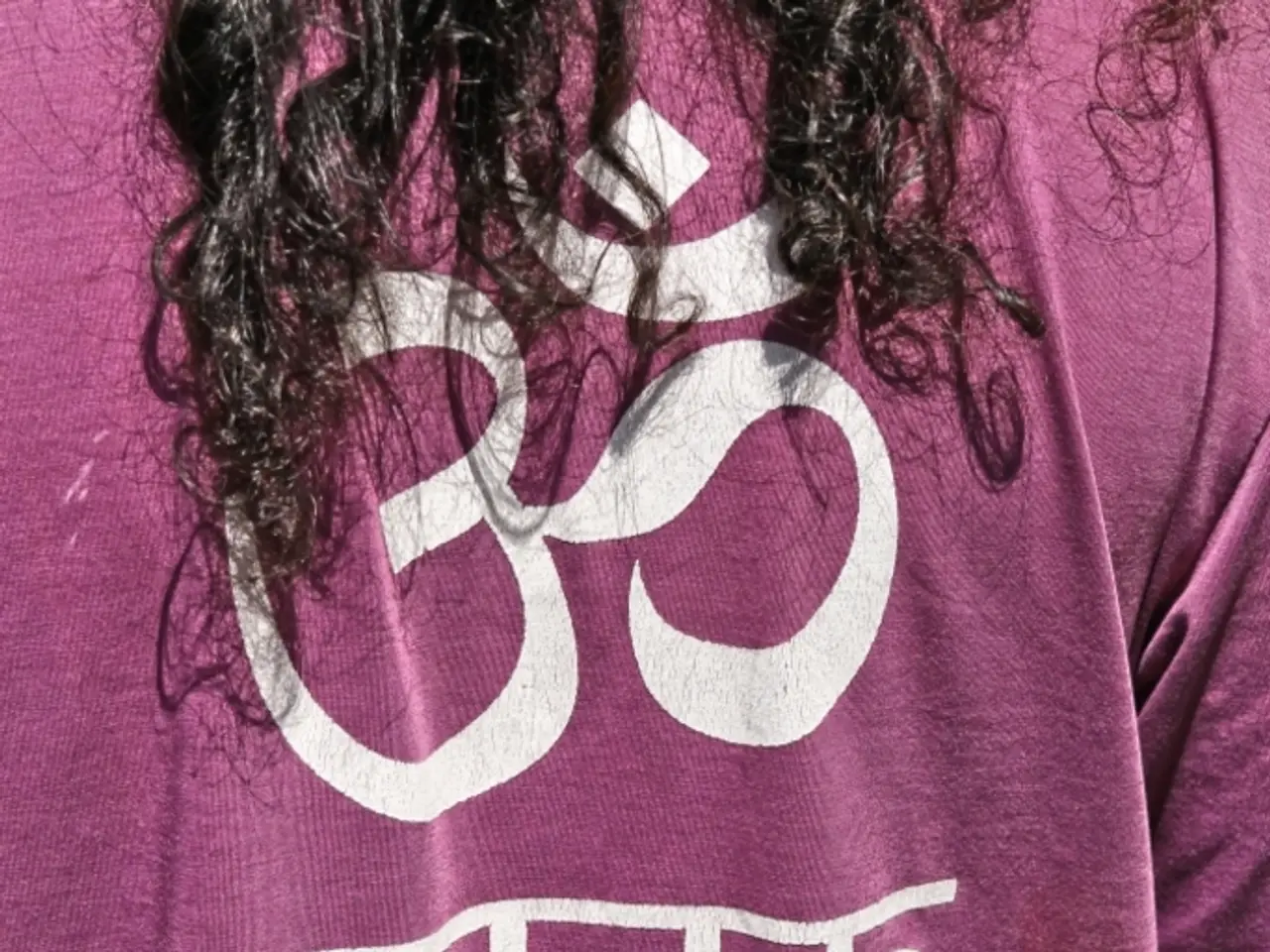Quick Solution: Alleviate Your Mood Instantly (Without necessary focus on optimistic thoughts)
In an intriguing exploration of the mind-body connection, recent research has uncovered a fascinating bi-directional relationship between body posture and emotions. This relationship suggests that not only do emotions influence how we hold our bodies, but deliberately changing our body posture can also impact our mood and energy levels.
For instance, adopting an open, upright posture can enhance feelings of confidence, positivity, and alertness, contributing to higher mood and energy. Conversely, slouched or closed-off postures can reinforce feelings of sadness, low energy, or defensiveness.
This relationship works through both psychological and physiological pathways. Posture influences emotional states by signaling openness or defensiveness, both internally (to our own brain) and externally (to others). Psychologically, body language serves as a mirror reflecting unspoken emotions, and consciously adjusting posture can help shift negative moods toward more positive, energetic states by changing perception and interaction patterns.
Open body language (relaxed arms, facing others) fosters social connection and positive emotions, which boost mood and energy. In a social context, the way we orient our torso and feet toward others signals attention and engagement, improving social connection and emotional well-being, thereby enhancing mood and energy.
Key aspects of this relationship include:
- Posture affects mood and energy: Open, expansive postures tend to increase feelings of confidence and positive emotions, while closed, constricted postures are linked to low energy and negative mood states.
- Mood influences posture: Negative emotions such as sadness or anxiety commonly cause slouched or closed-off postures, which in turn can deepen those emotions.
- Body language in social contexts: The way we orient our torso and feet toward others signals attention and engagement, which can improve social connection and emotional well-being, thereby enhancing mood and energy.
- Feedback loops: Changing posture can alter autonomic nervous system activity, influencing stress regulation and thereby improving mood and alertness.
To harness the power of this relationship, simple experiments can be conducted. For example, try spending a minute or two in a slouched or tired posture, then shift to an upright one to notice how quickly your mood and energy change. Another experiment is to try a skipping-style walk for a minute or two to notice the boost in energy.
Additionally, setting random alarms during the day and checking your posture can help train a habit of maintaining an upright posture. The power pose, often associated with confident stances like Wonder Woman or Superman, can also boost mood and energy.
This synchronization between feelings, posture, and movement is due to the link between muscles involved in posture, facial expressions, and emotional regions of the brain. Research supports these findings, with previous studies on power pose research, back being taped to a chair, copying smiles or frowns, and slouching vs. skipping all demonstrating similar results.
For more information, consider watching a YouTube video or subscribing to a weekly email newsletter on the topic. Embracing this understanding of the bi-directional relationship between body posture and emotions can provide a practical tool for enhancing mood and energy levels.
[1] Carney, D. R., & Cuddy, A. C. (2013). Power Posing: Brief Dietary Intervention Doubles 2009. TEDGlobal. [3] Cuddy, A. C., & John, O. P. (2015). Presence: Bringing Your Boldest Self to Your Biggest Challenges. Little, Brown Spark. [5] Carney, D. R., & Yap, A. J. (2015). How Power Posing Can Make You Feel More Powerful: A Neuroendocrine Perspective. Social and Personality Psychology Compass, 9(5), 233-243.
- Embracing open, upright postures can lead to increased self-esteem, positive emotions, and alertness, thereby improving overall health and wellness.
- On the flip side, slouched or closed-off postures might reinforce feelings of sadness, low energy, or defensiveness, which may negatively impact mental health.
- Engaging in fitness and exercise, such as adopting a skipping-style walk, could stimulate energy levels and foster personal growth through enhanced mood and emotional well-being.
- Education and self-development, like reading about the power pose or subscribing to a weekly email newsletter on body posture and emotions, can help individuals leverage this bi-directional relationship for optimal mental and physical health.




